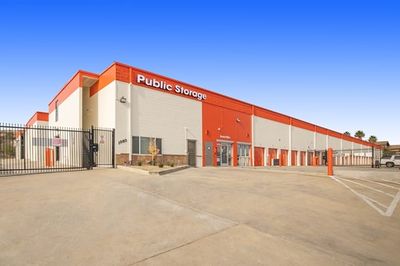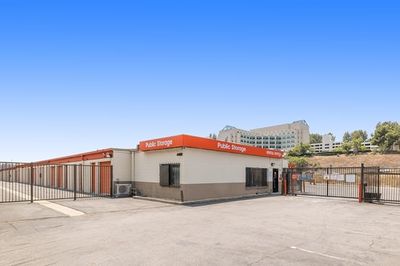Storage Types in Monterey Park
- Boat Storage Units in Monterey Park, CA
- Businesss Storage Units in Monterey Park, CA
- Vehicle Storage Units in Monterey Park, CA
- Climate Controlled Storage Units in Monterey Park, CA
- RV Storage Units in Monterey Park, CA
Other Storage Unit Options in Monterey Park, CA
Storage Unit Sizes in Monterey Park
- 5x5 Storage Units in Monterey Park, CA
- 5x10 Storage Units in Monterey Park, CA
- 5x15 Storage Units in Monterey Park, CA
- 10x10 Storage Units in Monterey Park, CA
- 10x15 Storage Units in Monterey Park, CA
- 10x20 Storage Units in Monterey Park, CA
- 10x25 Storage Units in Monterey Park, CA
- 10x30 Storage Units in Monterey Park, CA
About Monterey Park
Monterey Park is a diverse suburb of Los Angeles, located just 7 miles east of downtown. It's home to one of the largest Chinese-American communities in the nation, infusing the local culture with special traditions, art and cuisine. The city has earned national recognition as an excellent place to live due to its convenient location, many amenities and safe neighborhoods.
The History of Monterey Park
The early Spaniards who colonized Monterey Park called the local Native American tribe the Gabrielino Indians, though most people know the tribe as the Shoshone. Nearly 4,000 Native Americans called early Monterey Park their home. The Spaniards incorporated Monterey Park into the well-known Mission San Gabriel Arcangel, which later became a ranch in the San Gabriel Valley. Italian native Alessandro Repetto built his home here and created the community that would become Monterey Park.
It wasn't until 1919 that the area was officially incorporated as a city. Several natural features in the area bore the name "Monterey," such as Monterey Hills and the Monterey Trail, so the local officials named the city Monterey Park.
Over the next few years, the population expanded and grew more diverse. Many Asian immigrants arrived in the city and set up agricultural businesses. They exported their produce and flowers to nearby Los Angeles to increase their revenue. In the 1920s, developers began to create new buildings and homes, which helped draw new residents and expand the city's existing infrastructure. Businesses moved in and created a thriving commercial community.
Living in Monterey Park
Monterey Park is a quiet suburb of Los Angeles, but it doesn't skimp on the amenities. The downtown district boasts all different kinds of businesses and venues, from restaurants and strip malls to fitness centers and coffee shops. There are also large office buildings, night clubs and libraries. Garvey Ranch Park features several sports fields, picnic spots and a small museum. You can explore the park's Garvey Ranch Observatory, which offers free stargazing sessions every week and a large astronomy library.
In addition to its many amenities, low crime rates make Monterey Park an attractive place for families. The city's unemployment rate is lower than the national average, which is a good sign if you're planning to look for a job in the area.
Monterey Park Schools
The public schools in Monterey Park are served by several different school districts. There are also a number of private schools in the area, including secular, Montessori and parochial campuses.
If you're considering pursuing a college degree, you can attend East Los Angeles College or California State University, Los Angeles.
Resources for Moving to Monterey Park
Here are a few helpful resources for your transition to Monterey Park:
- Utilities: The Monterey Park Water District manages the city's water services, while electricity is provided by Southern California Edison.
- Garbage and Recycling: You can expect regular collection of your trash and recyclables. The specific pick-up schedule generally depends on your location.
- Transportation: The Spirit Bus offers intercity transportation and connections to Metrolink. From there, you can access many cities within the Los Angeles metropolitan area.
Monterey Park Housing
Monterey Park is home to a busy housing market, and prices are on the rise. The median home price is above both state and national averages and is even higher than in many other parts of Los Angeles. However, a good mix of single-family homes and rental options means you'll have plenty to choose from.




